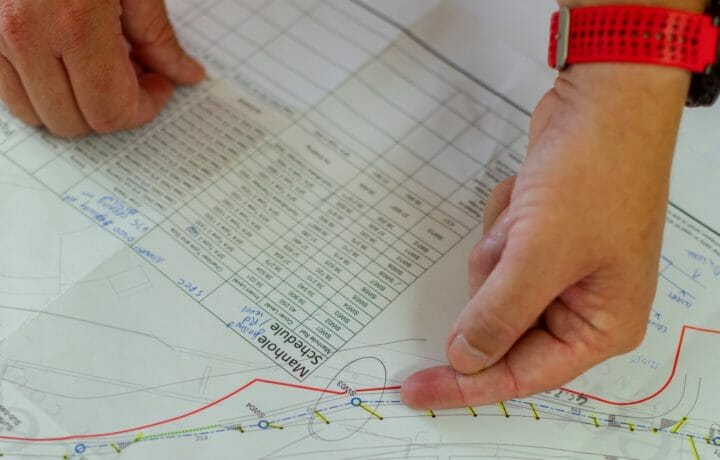Army senior leaders are implementing a new emphasis and outlook on recruiting and training strategies. The Army is seeking to discover more successful methods to match new recruits with the best Military Occupational Specialty (MOS); and improved current means to best decide the leadership potential of its soldiers.
As the U.S. military gets leaner and recruits fewer service members, matching the right recruit with the right occupational specialty will grow increasingly important. With fewer recruits to attract, the U.S. military will also be in a unique position to shape the future of the force.
In addition to helping soldiers choose the right MOS, the Army is seeking to improve training and education, to ensure successful professional and personal development, reports the Army Times.
Since 2006, the Army has been studying the Human Dimension in an effort to enhance their ability to provide combat-effective, adaptable, trained and ready forces to meet the nation’s needs, while preserving the all-volunteer force. Along with assessing the Human Dimension, the Army is looking at overhauling the Armed Forces Vocational Aptitude Battery Test (ASVAB), the standard in assessing service member skills since the 1950s.
Brig. Gen. Robert M. Dyess, Jr., director of the requirements Integration directorate in the Army Capabilities Integration Center at Training and Doctrine Command (TRADOC) recently said, “We were asking for big ideas. We were looking at what are the knowledge, skills and attributes soldiers need to have? What would make good soldiers and make good teams? The Army is studying ways to better recruit, train, develop and grow its soldiers.”
“We had spent a lot of attention on materiel but not on the person we were putting in the uniform,” Col. Steven Chandler, Chief of the Human Dimension Task Force at TRADOC, said about the origins of the effort. Chandler also said, “The Army would maintain measures to ensure that soldiers are doing their jobs effectively, but it also may determine that not every soldier should be required to follow the same career track.”
Just as the civilian and federal workforces are seeing how old methods will need to evolve to attract and retain a millennial workforce, the military is studying how a rigid assessment system can measure motivation, aptitude and analytical skills.
“The lieutenant colonel of 2020 is probably a captain today, or the sergeant major of an armored battalion is a young soldier today,” said Terry Johnson, a member of the Human Dimension Task Force. “What are we doing today to prepare them for the future? If you don’t take them into account and you just keep doing things the way you have been, you have a one-size-fits-all approach. Human Dimension makes us much more adaptable to where the future might be and getting the right people and putting them in the right places.”
Diana M. Rodriguez is a native Washingtonian who currently works as a professional writer, blogger, social media expert, commentator, editor and public affairs practitioner. Diana previously worked as an editor and senior communications analyst for the Department of Defense.



